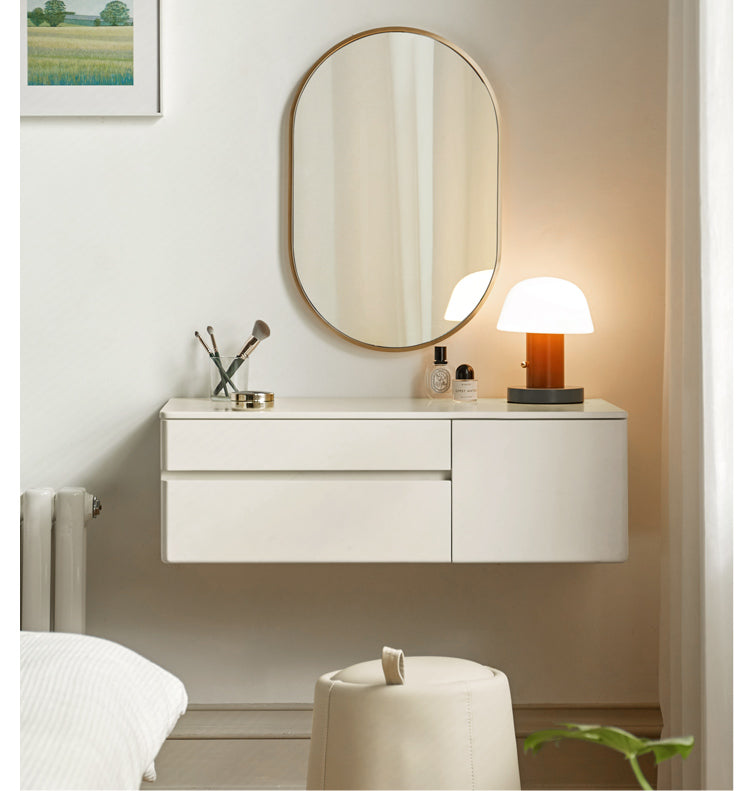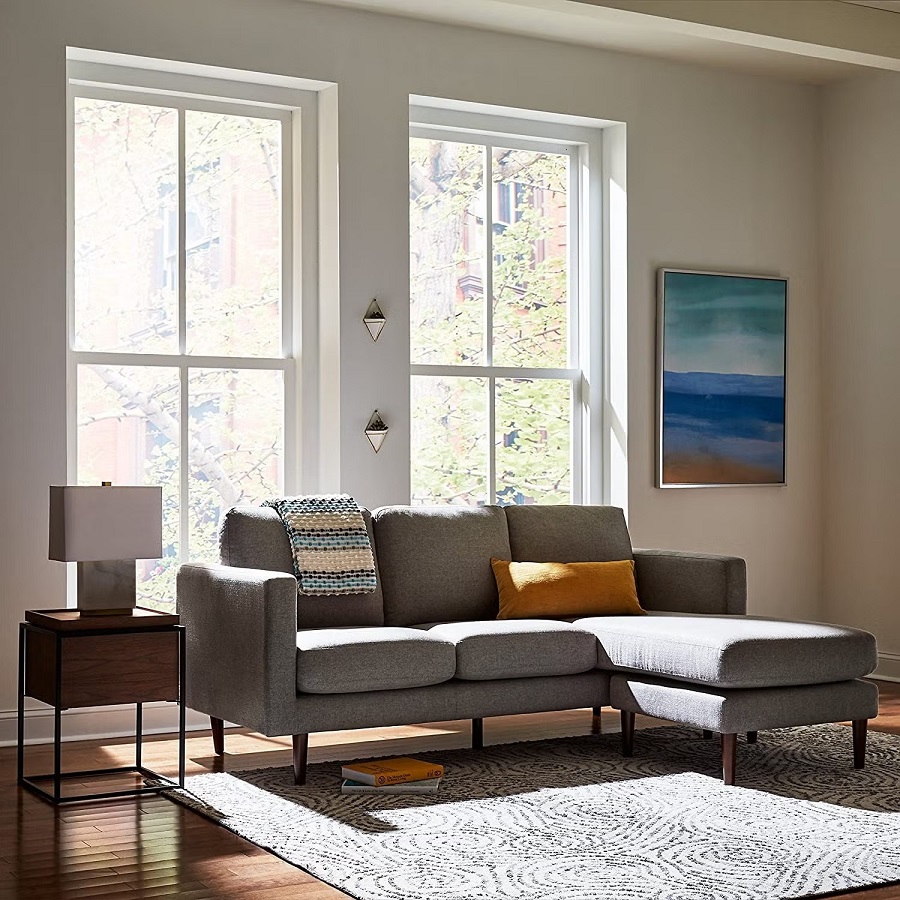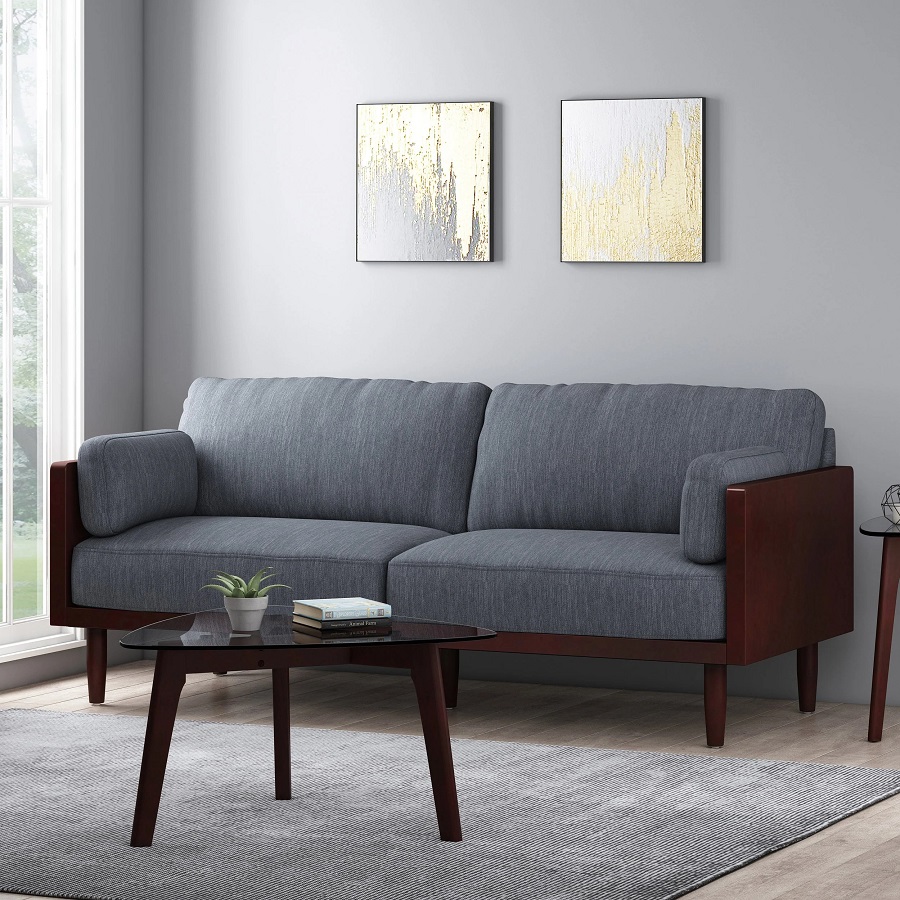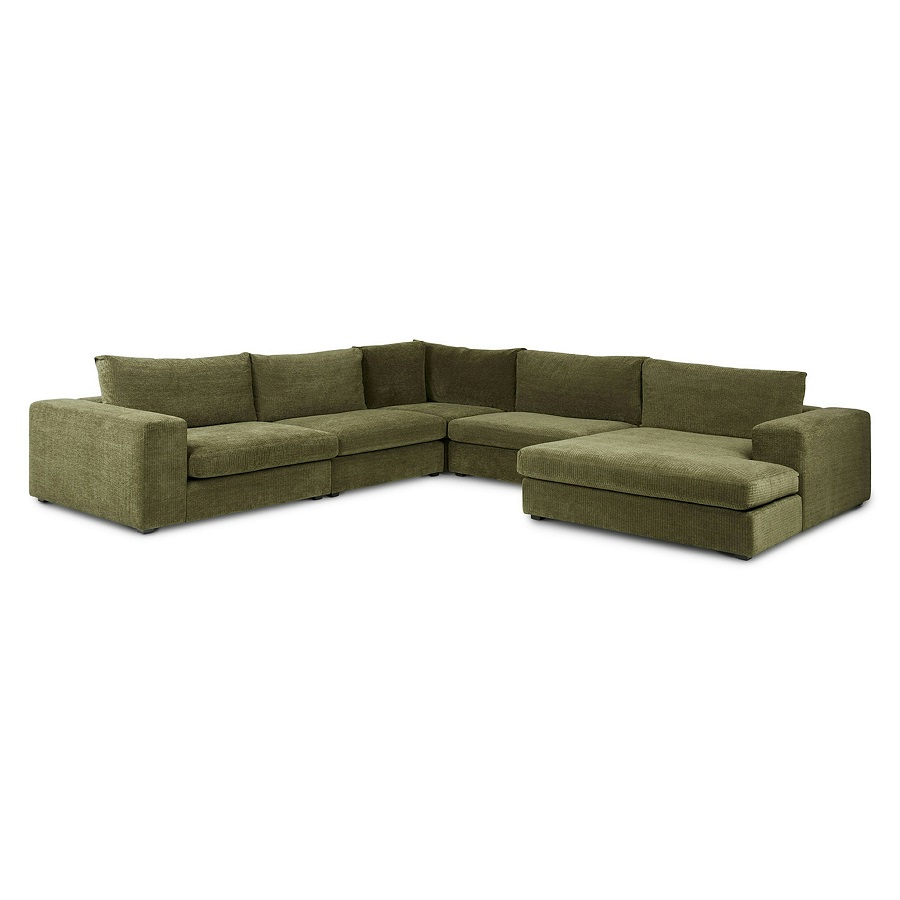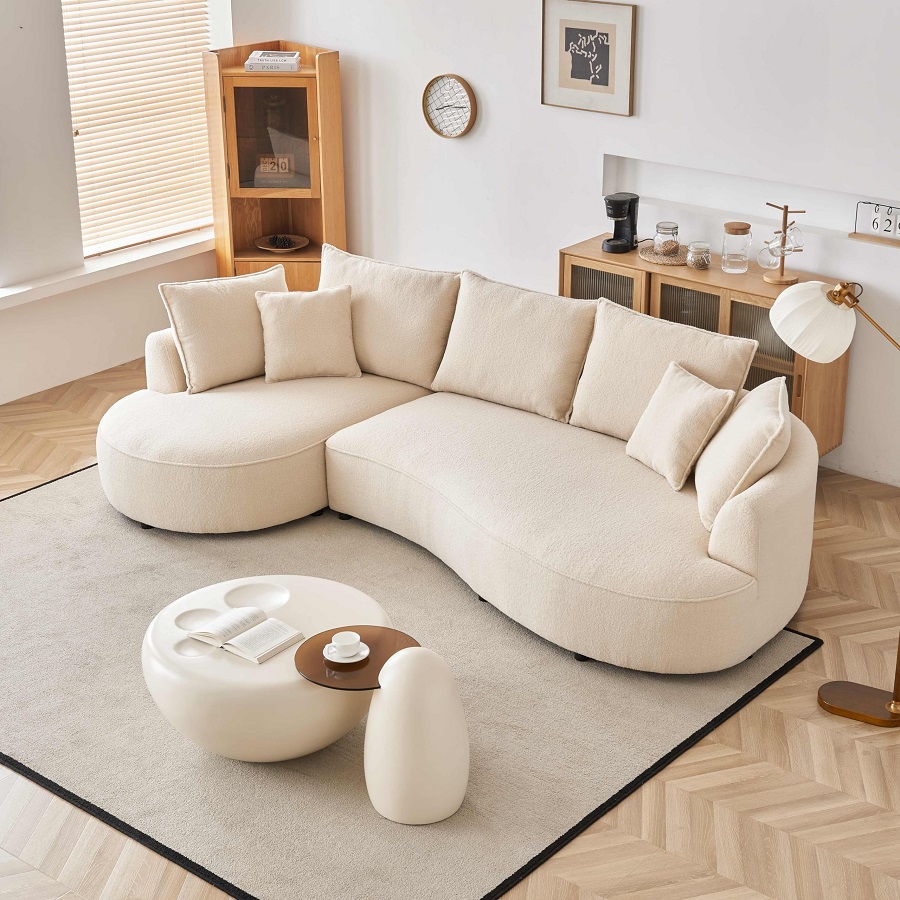Choosing the Perfect Wooden Dressing Table: A Guide to Elegance and Functionality
A wooden dressing table(French: coiffeuse en bois) is more than just a piece of furniture; it’s a sanctuary where one begins and ends their day, a personal space adorned with memories and essentials. Selecting the perfect wooden dressing table involves considering style, functionality, material quality, and how it complements your bedroom’s aesthetics. This comprehensive guide delves into the essential factors to bear in mind when embarking on the quest for the ideal wooden dressing table.
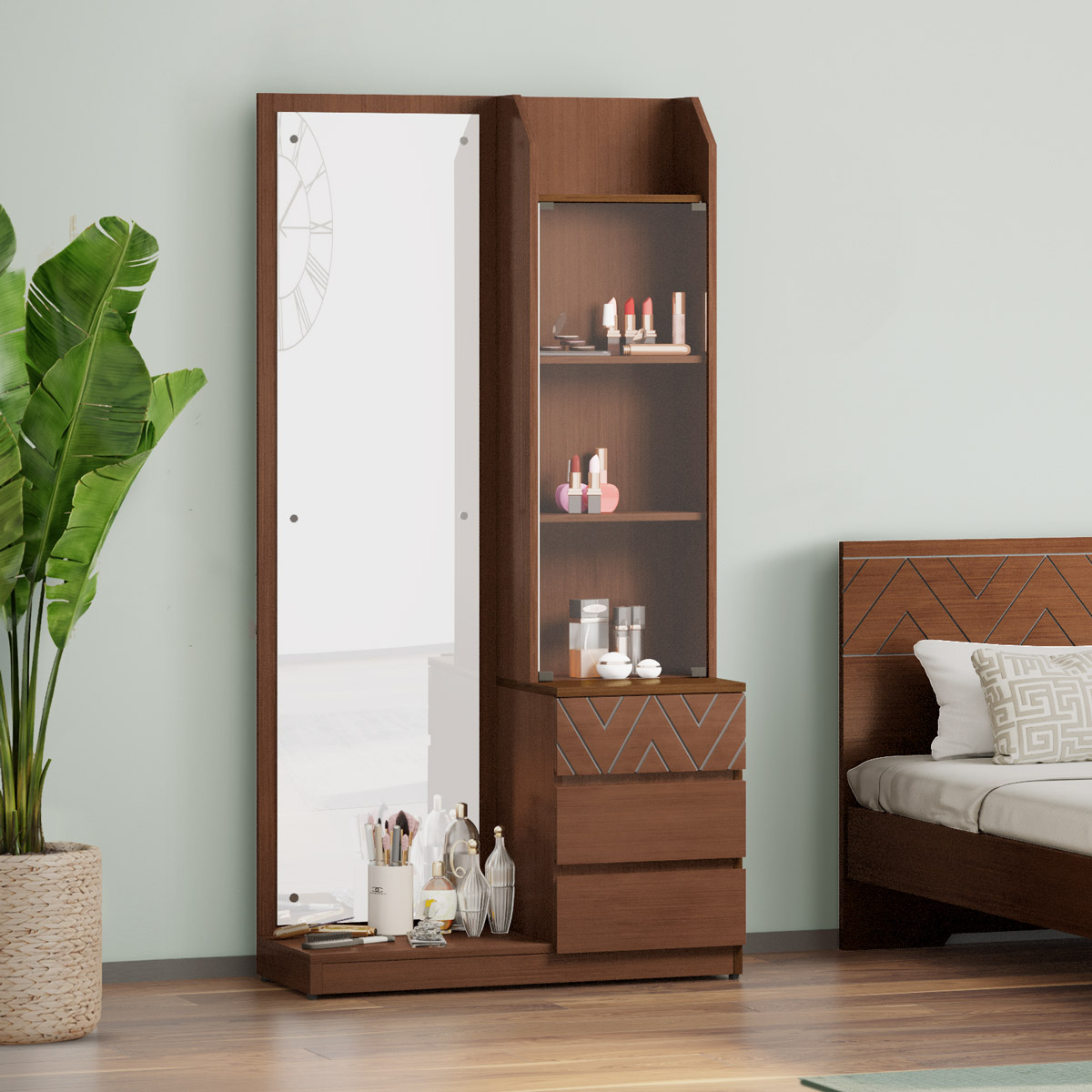
1. Understanding Your Needs: Purpose and Space
Before embarking on your search, assess your needs thoroughly. Consider the primary use of the dressing table—will it be primarily for makeup application, jewelry organization, or both? Understanding its intended function will guide you towards features such as mirror type, storage requirements, and surface area. Moreover, measure the designated space meticulously, ensuring there’s ample room for the table and comfortable movement around it. Remember to factor in the height, width, and depth to avoid overcrowding your bedroom.
2. Exploring Wood Types: Durability and Aesthetics
Wooden dressing tables come in a variety of wood types, each with distinct characteristics that influence durability, appearance, and cost. Hardwoods like oak, maple, and cherry are known for their longevity and beautiful grains, making them a premium choice. Softwoods like pine offer affordability but may dent or scratch more easily. Engineered woods like MDF (Medium-Density Fiberboard) and plywood are budget-friendly alternatives that can mimic solid wood finishes. Consider your budget, preference for natural grains, and the need for resilience when selecting the wood type.
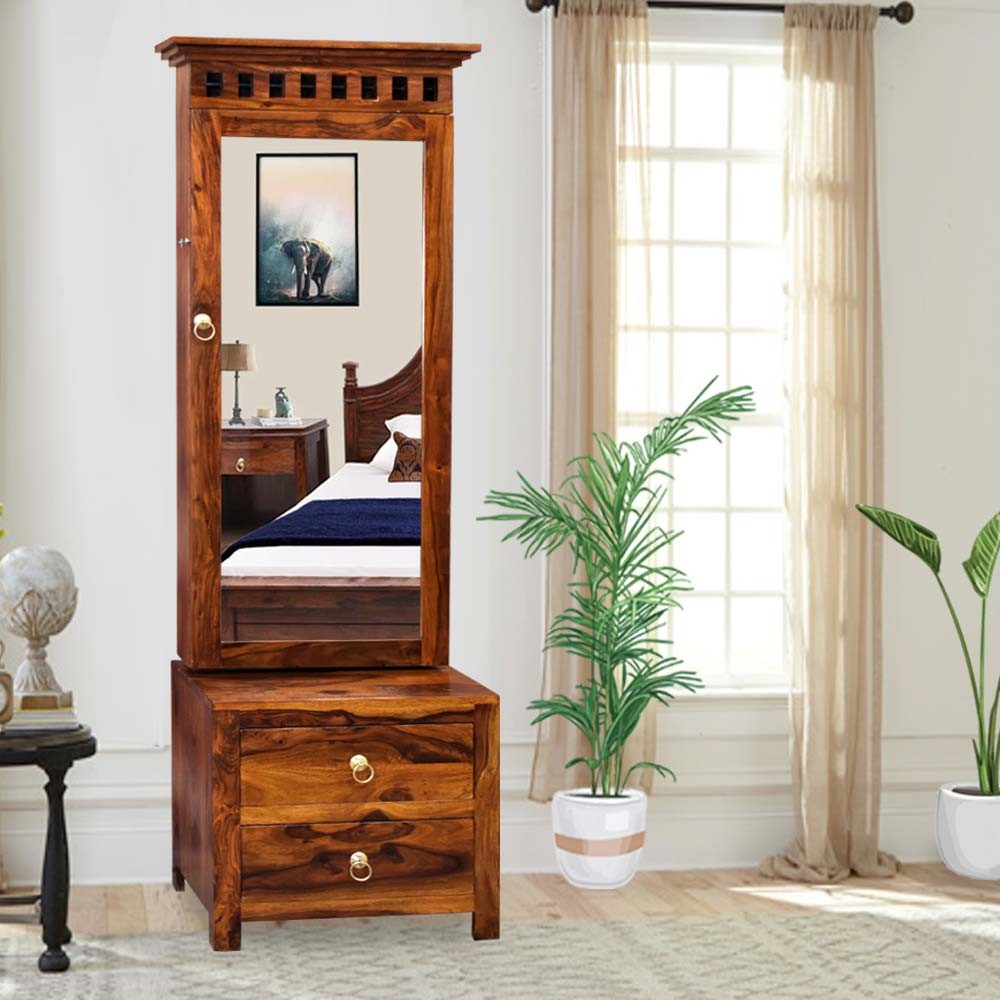
3. Design Styles: Reflecting Your Personality
From classic Victorian to minimalist Scandinavian, the design of your wooden dressing table should resonate with your personal taste and bedroom’s décor. Traditional styles often feature intricate carvings, while contemporary designs prioritize clean lines and simplicity. Shabby chic lovers might prefer distressed finishes for a vintage appeal. Assess your bedroom’s existing aesthetic and choose a dressing table that either complements or serves as a statement piece, enhancing the overall ambiance.
4. Storage Solutions: Maximizing Efficiency
Efficient storage is paramount for a functional dressing table. Consider the types of items you wish to store—jewelry, makeup, hair accessories—and look for designs that cater to these needs. Drawers with compartments, hidden side cabinets, or lift-top mirrors revealing hidden storage are innovative solutions. Open shelves can display decorative pieces or frequently used items, while sliding trays offer easy access to smaller cosmetics. Prioritize practicality without compromising on the table’s visual appeal.
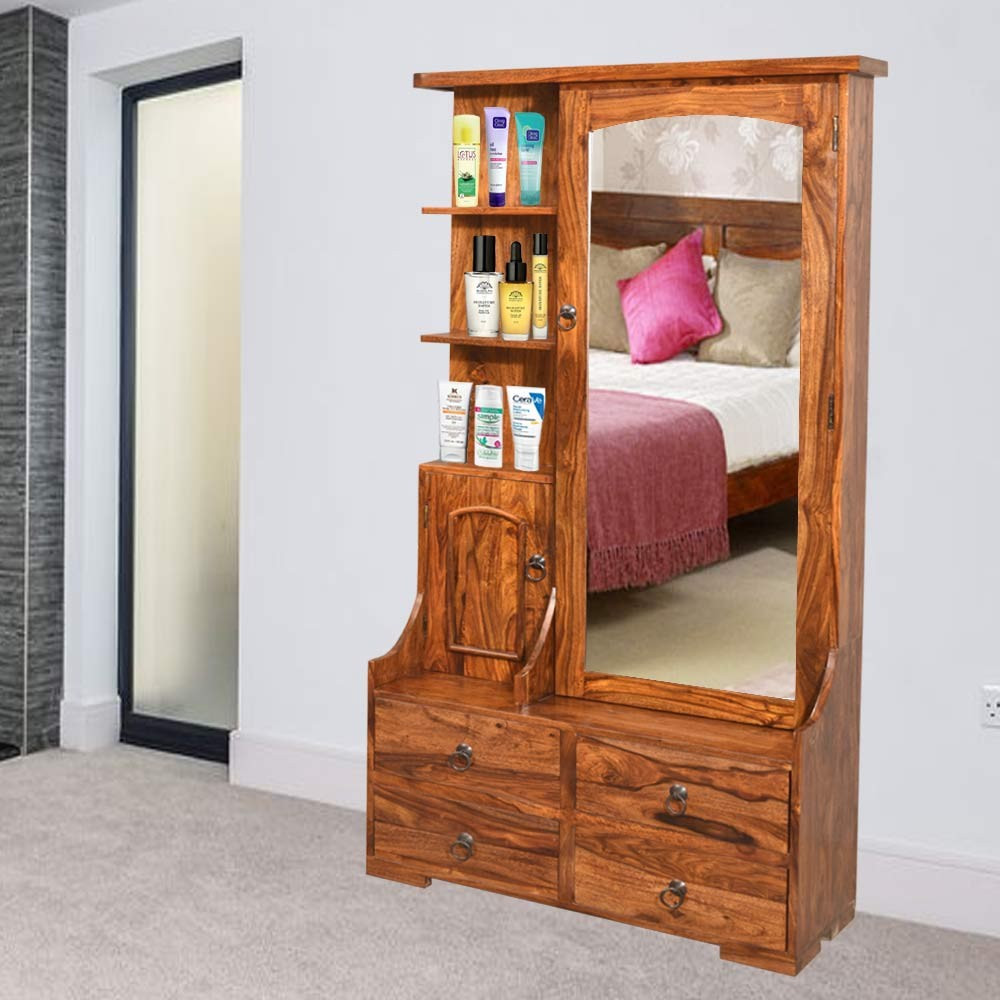
5. Mirror Matters: Illumination and Size
The mirror is a vital component of any dressing table. Determine whether you prefer a fixed, hinged, or detachable mirror, each offering different levels of versatility and adjustability. Integrated lighting around the mirror is a luxurious touch that enhances visibility for detailed makeup application or grooming tasks. Assess the mirror’s size relative to the table and ensure it provides a comfortable view without overwhelming the space. Dimmable lights or LED strips can provide ambient lighting, creating a soothing environment.
6. Quality Craftsmanship: Ensuring Durability
Investigate the construction quality closely. Solid joinery, such as dovetail drawers, indicates craftsmanship that withstands daily use. Check for smooth operation of drawers and hinges, ensuring they are sturdy and well-aligned. The finish should be even and resistant to scratches and watermarks. Look for tables with protective coatings or natural oils that preserve the wood’s beauty over time. High-quality hardware, such as metal drawer pulls, not only enhance the aesthetics but also contribute to the table’s longevity.
7. Customization Options: Tailoring to Your Needs
Many manufacturers offer customization options, allowing you to tailor the dressing table to your exact specifications. This could include choosing the wood type, stain color, or adding personalized engraving. Custom sizing can be invaluable if you have specific space constraints. While customization typically comes at a higher price point, it ensures a unique piece tailored precisely to your tastes and needs.
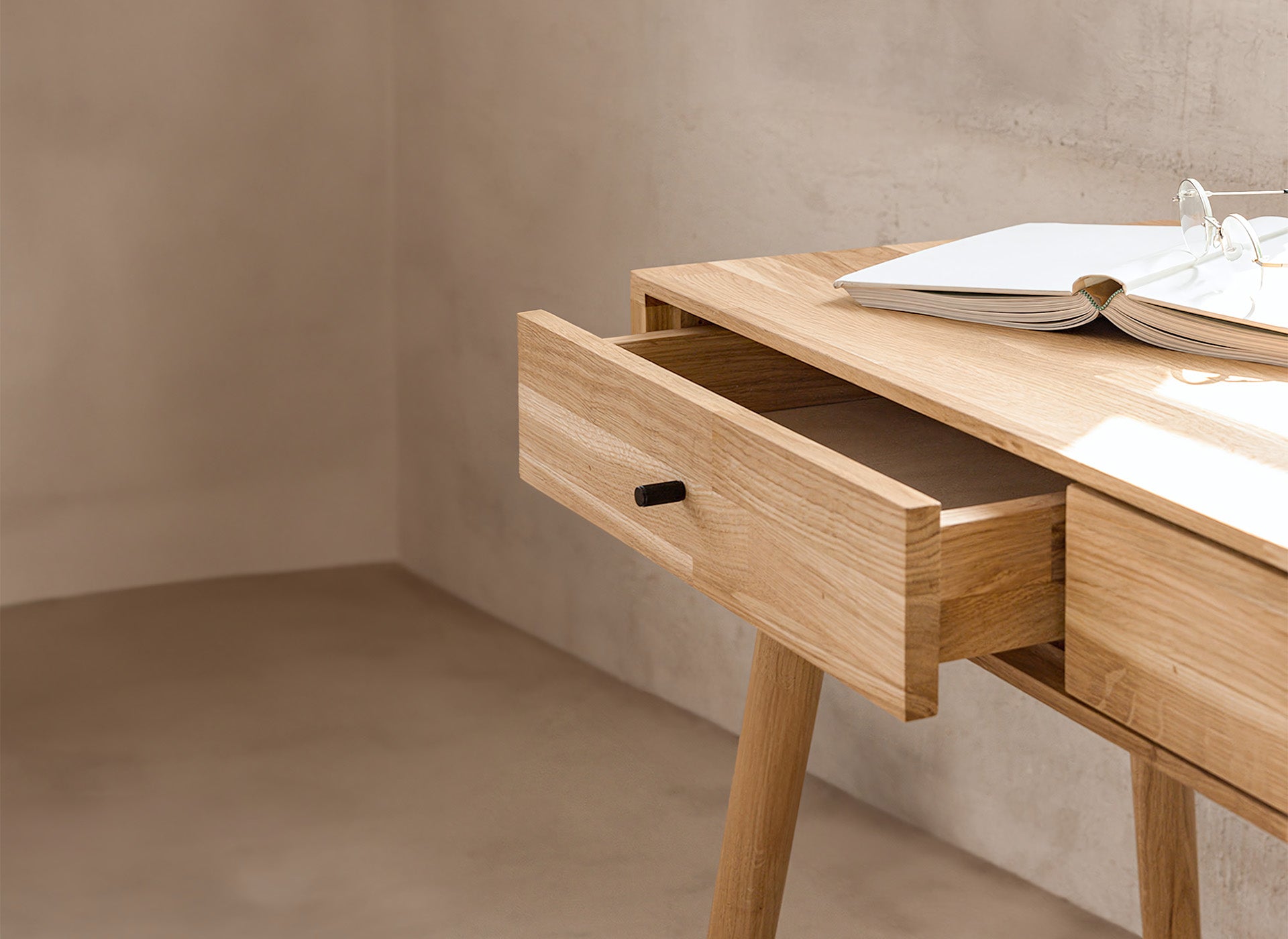
8. Sustainability and Eco-Friendliness
In today’s environmentally conscious world, selecting a dressing table made from sustainably sourced wood or recycled materials is a responsible choice. Look for certifications like FSC (Forest Stewardship Council), which guarantees the wood comes from responsibly managed forests. Additionally, consider the table’s potential for longevity and recyclability at the end of its life. Choosing eco-friendly options not only benefits the planet but can also provide peace of mind.
9. Budget Considerations: Balancing Value and Expense
Set a realistic budget before beginning your search. Keep in mind that high-quality wooden dressing tables are investments that can last for decades. While solid hardwoods tend to be pricier, they offer unmatched durability. However, well-crafted pieces made from engineered woods or softer woods can still provide excellent value. Shop around, compare prices, and don’t forget to factor in potential delivery and assembly costs. Occasionally, waiting for sales or discounts can yield significant savings without compromising on quality.
10. Aftercare and Maintenance
Finally, consider the aftercare required for your chosen wooden dressing table. Different woods require specific cleaning and maintenance routines. For example, some woods benefit from regular oiling to maintain their luster, while others simply need dusting with a soft cloth. Understanding these requirements upfront ensures your dressing table remains in pristine condition, preserving its beauty and extending its lifespan.
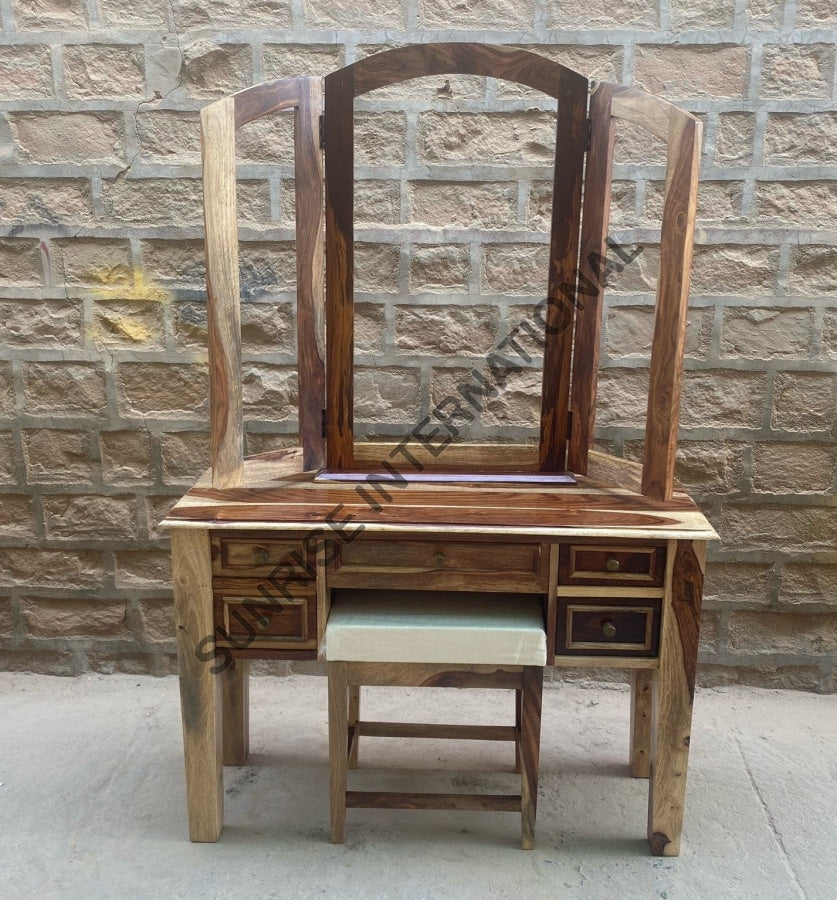
11. Integration with Existing Décor and Future Flexibility
When selecting your wooden dressing table, think beyond its immediate appeal and contemplate how it will integrate with your current bedroom furniture and potential future design changes. Opt for a timeless design or a style that can easily transition between different decorative themes. Neutral wood tones or classic stains often provide greater flexibility for redecorating down the line. Consider whether the dressing table’s design allows for versatility in placement, enabling it to fit comfortably in different areas of the room or even in a new home should you move.
12. Assessing Comfort and Ergonomics
Comfort is key when it comes to a space where you spend considerable time preparing for the day. Ensure the dressing table’s height aligns well with your seating, allowing your arms to rest comfortably on the surface without strain. If the chair or stool is not included, choose one that complements the table in terms of both aesthetics and ergonomics. Consider adding a padded seat cover for additional comfort during extended periods of use. The mirror should also be positioned at a height that promotes good posture, minimizing neck strain.
In conclusion, selecting the perfect wooden dressing table is a journey of self-expression, practicality, and appreciation for craftsmanship. By carefully considering your needs, exploring various designs and materials, and prioritizing quality and sustainability, you can find a dressing table that not only elevates your morning routine but also becomes a cherished part of your living space. It’s an investment in both form and function, serving as a testament to your personal style and the importance of nurturing daily rituals.






